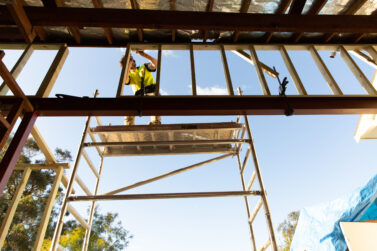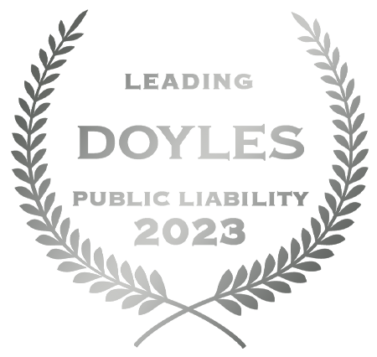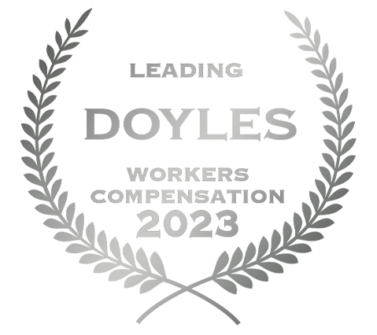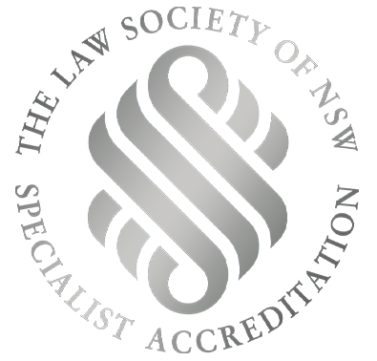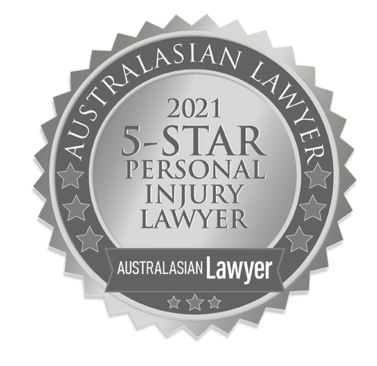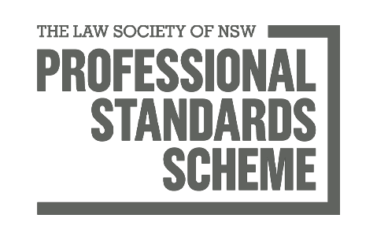
Determining the connection between the worker’s employment and the incident.
Workers Compensation solicitors are familiar with the 2012 reforms to the Workers Compensation Act, specifically in relation to ‘journey claims’.

Generally speaking workers are not entitled to claim workers compensation whilst injured on the way to or from work unless there is a real and substantial connection between a workers employment and the incident out of which the injury arose.
However, as a legal practitioner, it is important that we understand how to determine whether there is a real and substantial connection between a worker’s employment and the incident out of which the injury arose – which has been recently decided in the matter of Sandra Carter v Affinity Health Pty Ltd [2018] NSWWCC 276.
Background
Ms Carter was a 62 year old enrolled nurse who worked for Affinity Health as an enrolled nurse. Ms Carter worked Wednesday, Thursday and Friday from 5:30am to 2:00pm and on Sunday’s from 2:00pm to 10:30pm.
When working on weekdays, Ms Carter regularly used a carpark near her workplace which was set aside for Hospital staff. Her employer owned and controlled the carpark.
On 3 May 2017, Ms Carter drove from her home to her place of employment, and got out of her car and walked to work. Whilst walking between the carpark and her work, she lost balance and slipped, falling heavily on her face and arms.
Ms Carter required invasive surgery to her nose, costing over $6,000 as well as significant time off work.
Shortly after her incident, she notified her employer of her injury and lodged a workers compensation claim.
The insurer rejected liability of her claim, relying on section 10 of the Workers Compensation Act 1987 (NSW), which states there is no workers compensation benefits payable to injured workers who suffer injury whilst on a journey to or from work, unless there is a real and substantial connection between employment and injury.
Legislation
Section 10 of the 1987 Act
(1) A personal injury received by a worker on any journey to which this section applies is, for the purposes of this Act, an injury arising out of or in the course of employment, and compensation is payable accordingly.
(3) The journeys to which this section applies are as follows:
- (a) the daily or other periodic journeys between the worker’s place of abode and place of employment,
(3A) A journey referred to in subsection (3) to or from the worker’s place of abode is a journey to which this section applies only if there is a real and substantial connection between the employment and the accident or incident out of which the personal injury arose.
(4) For the purposes of this section, a journey from a worker’s place of abode commences at, and a journey to a worker’s place of abode ends at, the boundary of the land on which the place of abode is situated.
(5) For the purposes of this section, if the worker is journeying from the worker’s place of employment with one employer to the worker’s place of employment with another employer, the worker shall be deemed to be journeying from his or her place of abode to his or her place of employment with that other employer.
Case Law Interpretation of section 10 – Sandra Carter v Affinity Health Pty Ltd [2018] NSWWCC 276
The matter was heard before Arbitrator Cameron Burge who considered the evidence and oral submissions raised by both the Applicant Representative and Respondent Representative.
The Applicant representative relied on a number of relevant case law including Green v Secretary, Department of Education and Communities [2014] NSWWCCPD 71, which established that where a worker has a specific and identifiable place of employment, the boundaries of the land will determine the ‘place of employment’ for the purpose of section 10. Therefore, once a worker has crossed the boundary of the land upon which his or her workplace is situated, their journey will end for the purposes of section 10.’
The Application representative ultimately submitted that the Commission must undertake a two stage test in determining whether to award compensation to the worker including:
- Whether the injury took place on a journey, and if so;
- Does section 10(3A) apply.
The Respondent agreed with the two stage test, however, submitted that the applicant was not in any way involved in working in the car park where the accident took place, and further submitted that although the respondent owned the car park, that did not mean the applicant had reached her place of employment when the injury took place. The respondent representative ultimately submitted that there was no such subjective factor which applies in the current matter sufficient to give rise to a real and substantial connection between the employment and the injury, and as a result the Commission would find the circumstances of the applicant’s injury do not fall within section 10(3A).
In response to the Respondent solicitor’s submissions, the Applicant representative relied on the decision of State Super Financial Services Australia Limited v McCoy [2018] NSWWCCPD 26 which stated that ‘The test under s 10(3A) of a “real and substantial connection” may, but does not necessarily, convey the notion of a causal connection. It requires an association or relationship between the employment and the accident or incident, which may be provided by establishing that the employment caused the accident or incident. However, employment does not have to be the only, or even the main cause.’
Considering the evidence raised by both parties, Arbitrator Cameron Burge found that the applicant had completed her journey at the time of her injury and was at her place of work when the injury took place. Further, in considering section 10(3A), Arbitrator Burge stated ‘Even if the applicant had been found to still be on her journey to work at the time of her injury, in my opinion there is a real and substantial connection between her employment and the incident out of which her injury arose… In making this finding, I have regard to the uncontested evidence of the applicant that when she worked early hours for the respondent, she made use of the car park owing to a perception of increased safety (and)… it is apparent that the applicant was of the belief that using the car park when she arrived for work in darkness was safer than parking on the street.’
The Commission determined the matter as follows:
- The applicant suffered an injury by way of a fractured nose with deviation of the bony nasal septum in the course of her employment with the respondent on 3 May 2017.
- The respondent is to pay the applicant’s medical and treatment expenses pursuant to section 60 of the Workers Compensation Act 1987 as claimed in the Application to Resolve a Dispute.
Implications
This matter highlights the importance of determining when a journey to and from work ends, as well as whether there is a real and substantial connection between a worker’s employment and the incident out of which injury arose.

Robert Hopper
Managing Solicitor
An accredited specialist in personal injury law, backed by over 15 years’ experience in assisting injured Australians receive everything they’re entitled to with their workers compensation claim.
Call 13 15 15 or chat to us now for free advice
Chat nowFind out how much you can claim.
Get startedDo I have a case?
Our senior lawyers will assess your case for free.
